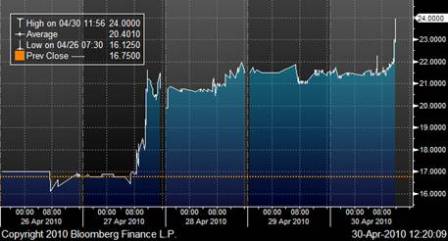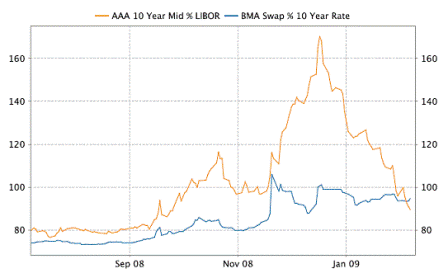>
> (email exchange)
>
> On Thu, Dec 2, 2010 at 3:51 AM, Mike wrote:
>
> It seems it was around 7 trillion notional. Do you know the durations?
>
No, haven’t read any details. I recall they were relative short but were extended maybe more than once.
>
> If they didn’t act would the entire fx market have come to a halt.
>
Libor setting would have been higher for as long as the BBA kept the weaker banks in the basket.
>
> Given that this lending is unsecured, what happens if a foreign central bank doesn’t pay?
>
The lender has no recourse and takes a loss.
>
> Are there any constraints on this lending?
>
Just political. A nation can lend, spend, or toss down a rat hole any amount of it’s own currency it wants.
>
> Finally, would clearing all fx swaps have prevented the fx “run” if the fed had
> backstopped the clearinghouses?
>
Not sure which ‘run’ you are referring to?
But getting short a currency, spot or forward, means you are borrowing it, directly or indirectly, and none of the currencies in question are ever ‘quantity constrained’. What triggered the swap lines was the desire of the Fed to get libor settings lowered.
The large dollar borrowing funded by the Fed swap lines was done because foreign banks with presumed credit issues were bidding up libor and driving up the libor settings which was driving up home mortgage and other rate settings in the US. The Fed brought the rates down by facilitating lending at lower rates to those weaker credits via the ECB and other CB’s. (That would have been my last choice on how to get those US rates down, but that’s another story.)
Does this help?



